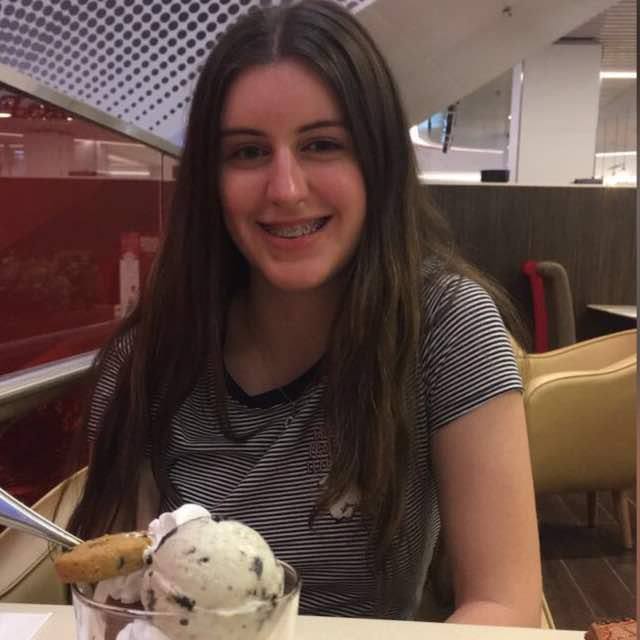
The world’s Largest Sharp Brain Virtual Experts Marketplace Just a click Away

Levels Tought:
Elementary,Middle School,High School,College,University,PHD
| Teaching Since: | Jul 2017 |
| Last Sign in: | 211 Weeks Ago, 5 Days Ago |
| Questions Answered: | 15833 |
| Tutorials Posted: | 15827 |
MBA,PHD, Juris Doctor
Strayer,Devery,Harvard University
Mar-1995 - Mar-2002
Manager Planning
WalMart
Mar-2001 - Feb-2009
UESTION 11
| A. | government spending and technology improvements |
| B. | government spending and taxation |
| C. | taxation and controlling imports |
| D. | taxation and controlling exports |
4 points   
 
QUESTION 12
| A. | pessimism of investors. |
| B. | sharp and often irrational mood swings of investors. |
| C. | frenzy that erupts at the opening of the New York Stock Exchange each day. |
| D. | high burnout rate of overworked stockbrokers. |
4 points   
 
QUESTION 13
| A. | investment and interest rates |
| B. | consumer spending and income. |
| C. | consumers and firms. |
| D. | prices and demand. |
4 points   
 
QUESTION 14
| A. | the "real" GDP and purchases |
| B. | capital and supply |
| C. | capital and labor |
| D. | imports and exports |
4 points   
 
QUESTION 15
| A. | a fall in prices, which will induce them to increase production and reduce the number of workers. |
| B. | a rise in prices, which will induce them to decrease production and reduce the number of workers. |
| C. | a fall in prices, which will induce them to decrease production and reduce the number of workers. |
| D. | a rise in prices, which will induce them to increase production and increase the number of workers. |
4 points   
 
QUESTION 16
| A. | government. |
| B. | price system. |
| C. | stock market. |
| D. | Federal Reserve. |
4 points   
 
QUESTION 17
| A. | nominal interest rate = real interest rate - inflation |
| B. | real interest rate = nominal interest rate + inflation |
| C. | real interest rate = nominal interest rate * inflation |
| D. | real interest rate = nominal interest rate - inflation |
4 points   
 
QUESTION 18
| A. | fiscal policy. |
| B. | crowding out. |
| C. | inside lags |
| D. | outside lags. |
4 points   
 
QUESTION 19
| A. | increases |
| B. | can reduce but not eliminate |
| C. | is unrelated to |
| D. | eliminates |
4 points   
 
QUESTION 20
| A. | is constant |
| B. | decreases slightly |
| C. | increases |
| D. | decreases |
4 points   
 
QUESTION 21
| A. | allow for a smaller volume of investment in the economy. |
| B. | reduce the risks associated with investment. |
| C. | increase the costs associated with investment. |
| D. | only provide services for the wealthy. |
4 points   
 
QUESTION 22
| A. | not invest in the project because the opportunity cost is less than the return on the investment. |
| B. | invest in the project because the opportunity cost is the same as the return on the investment. |
| C. | invest in the project because the opportunity cost is greater than the return on the investment. |
| D. | invest in the project because the opportunity cost is less than the return on the investment. |
4 points   
 
QUESTION 23
| A. | interest rate effect. |
| B. | wealth effect. |
| C. | international trade effect. |
| D. | all of the above |
4 points   
 
QUESTION 24
| A. | any action today that has costs today but provides benefits in the future. |
| B. | only the creation of capital goods undertaken by private firms or the government. |
| C. | any action today that has costs today. |
| D. | only large projects, such as building a new factory, undertaken by private firms. |
4 points   
 
QUESTION 25
| A. | increases slightly. |
| B. | decreases. |
| C. | increases. |
| D. | is constant. |

Hel-----------lo -----------Sir-----------/Ma-----------dam----------- T-----------han-----------k y-----------ou -----------for----------- yo-----------ur -----------int-----------ere-----------st -----------and----------- bu-----------yin-----------g m-----------y p-----------ost-----------ed -----------sol-----------uti-----------on.----------- Pl-----------eas-----------e p-----------ing----------- me----------- on----------- ch-----------at -----------I a-----------m o-----------nli-----------ne -----------or -----------inb-----------ox -----------me -----------a m-----------ess-----------age----------- I -----------wil-----------l b-----------e q-----------uic-----------kly-----------